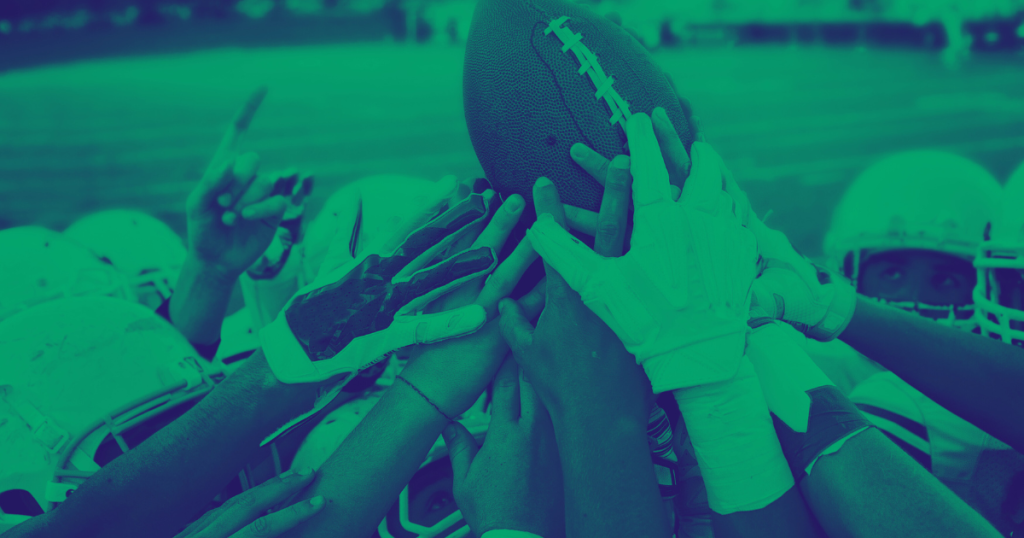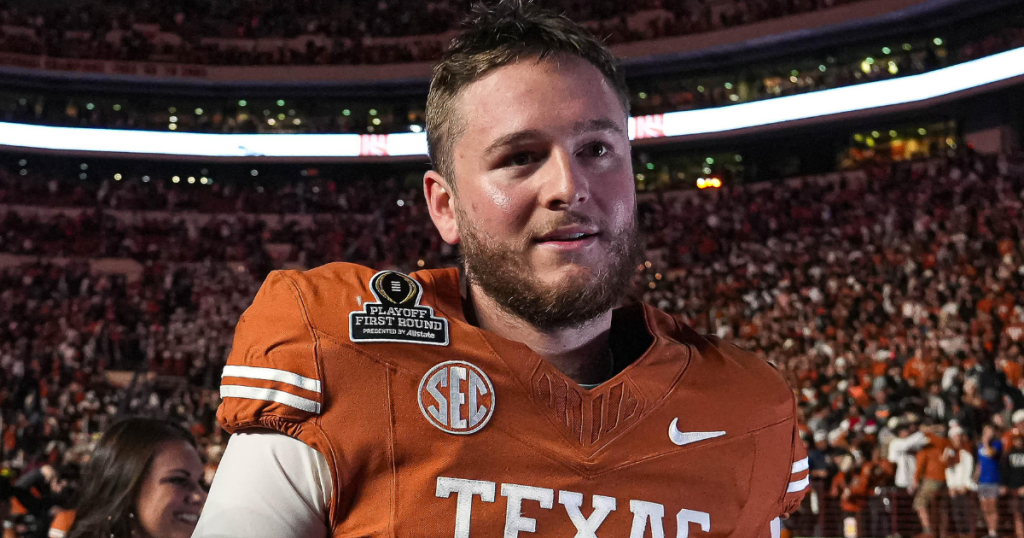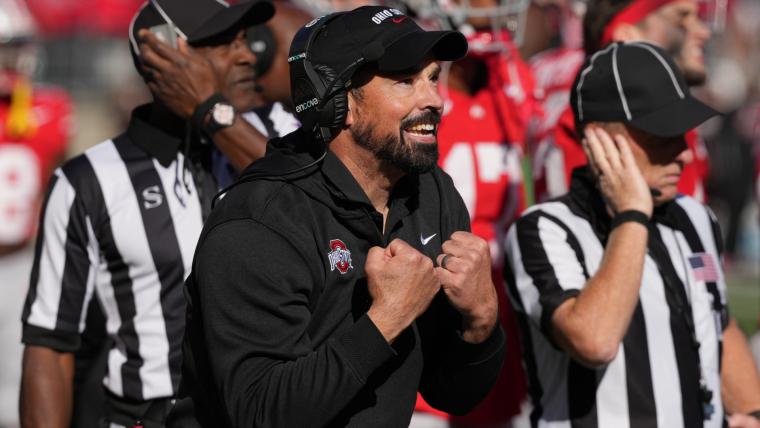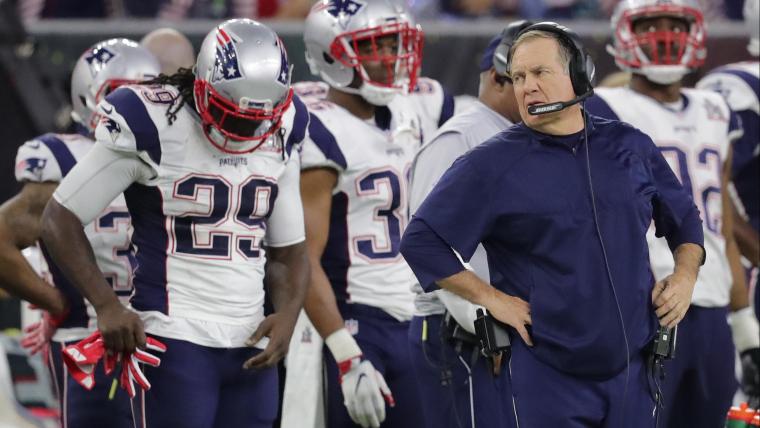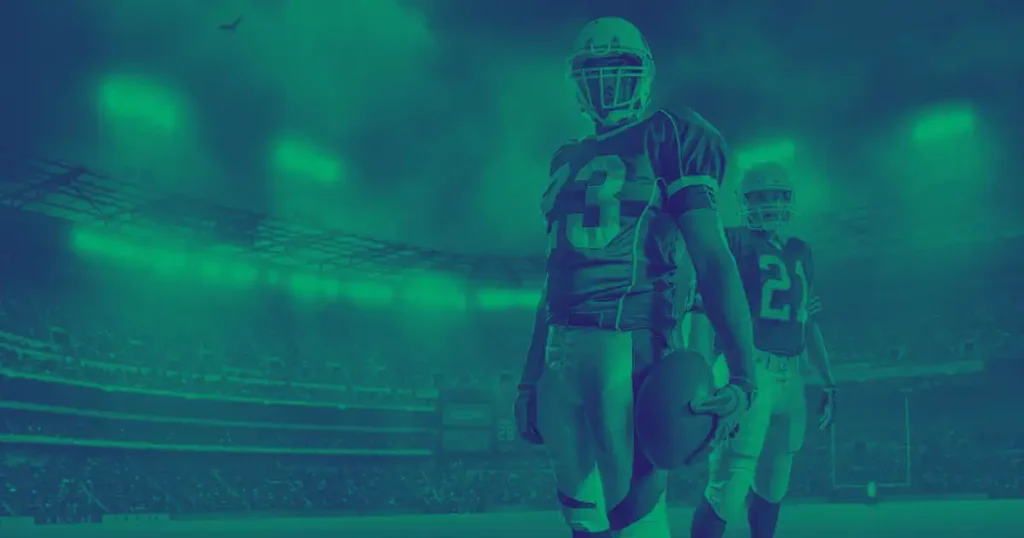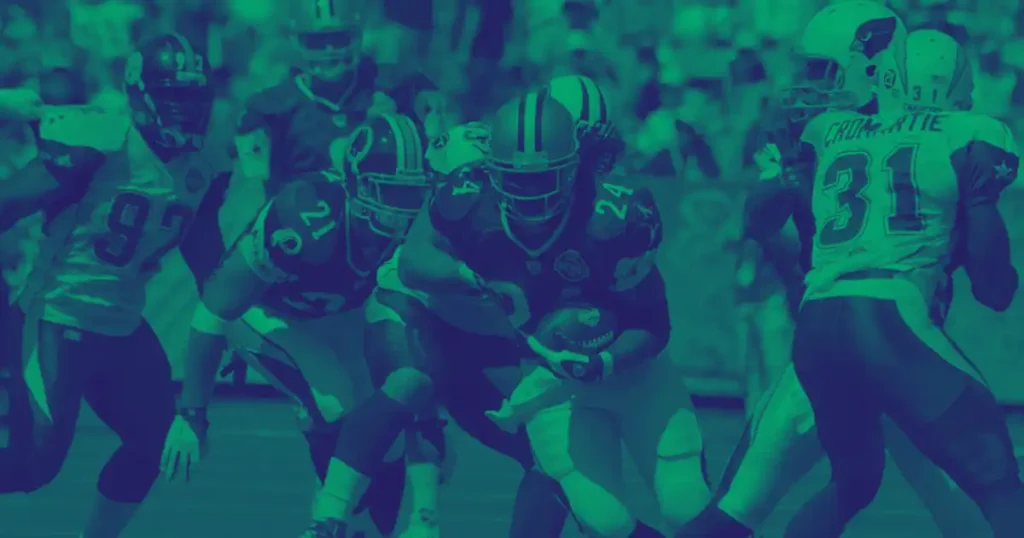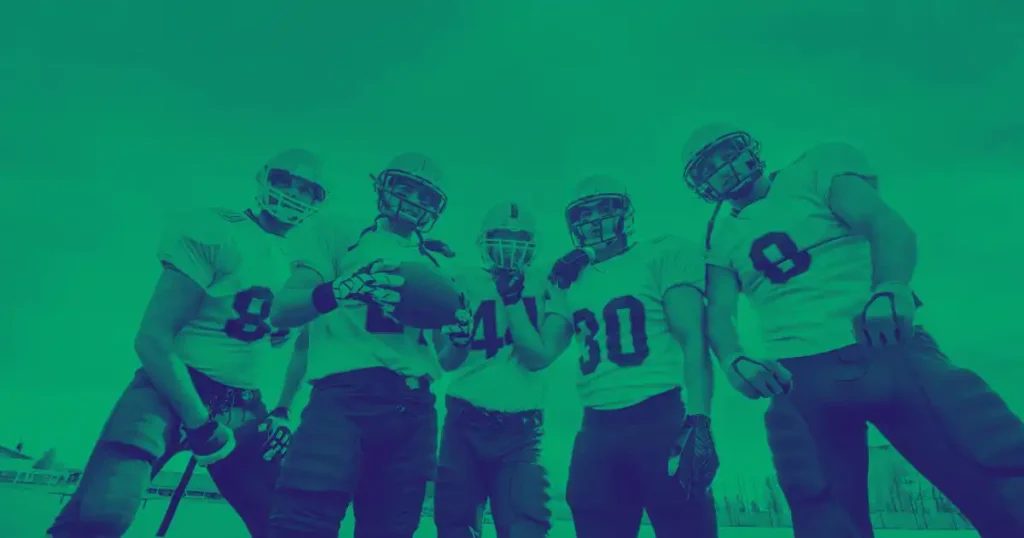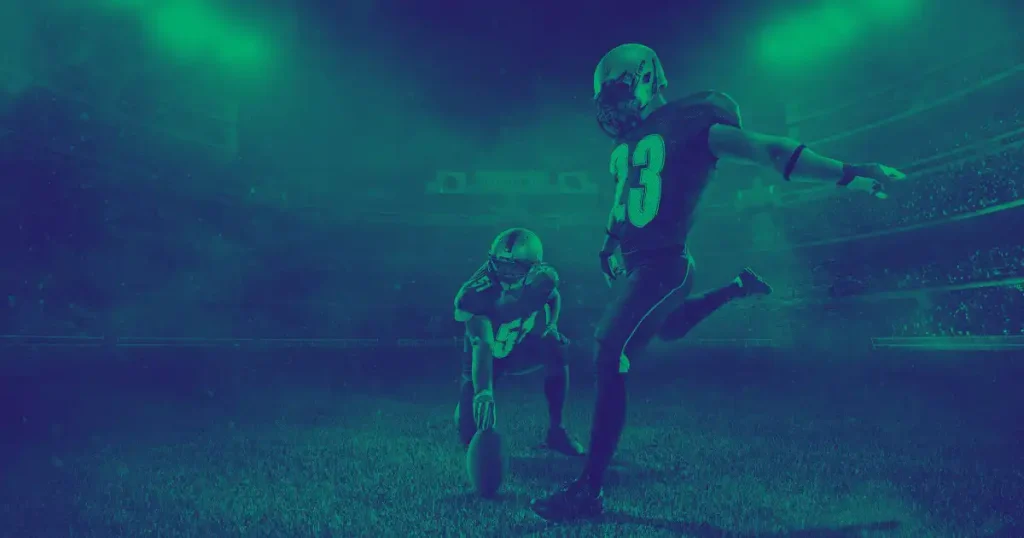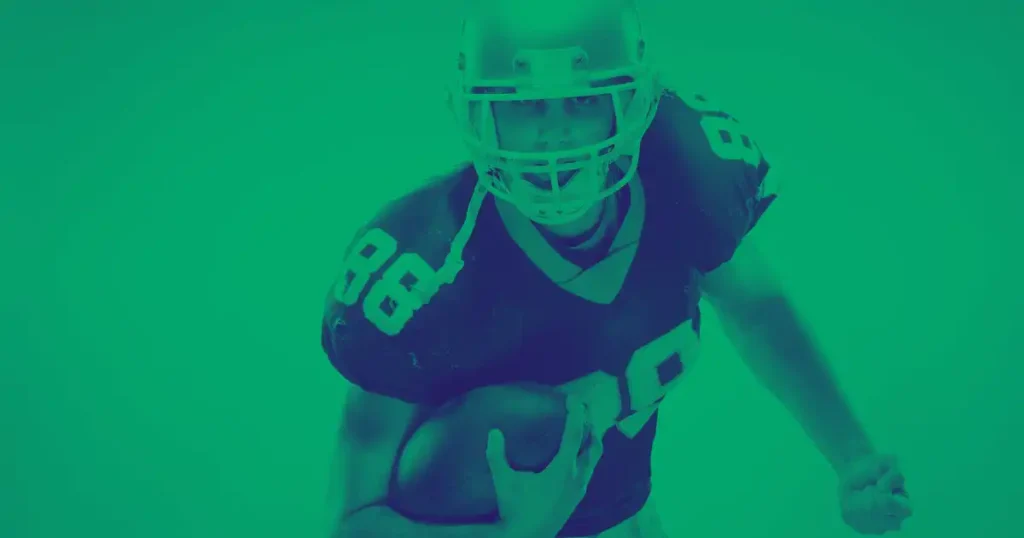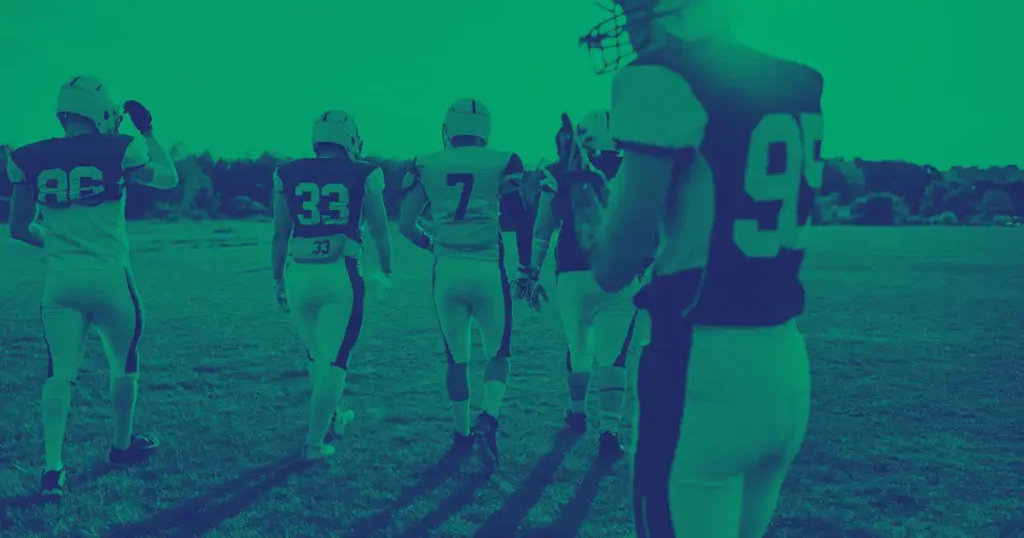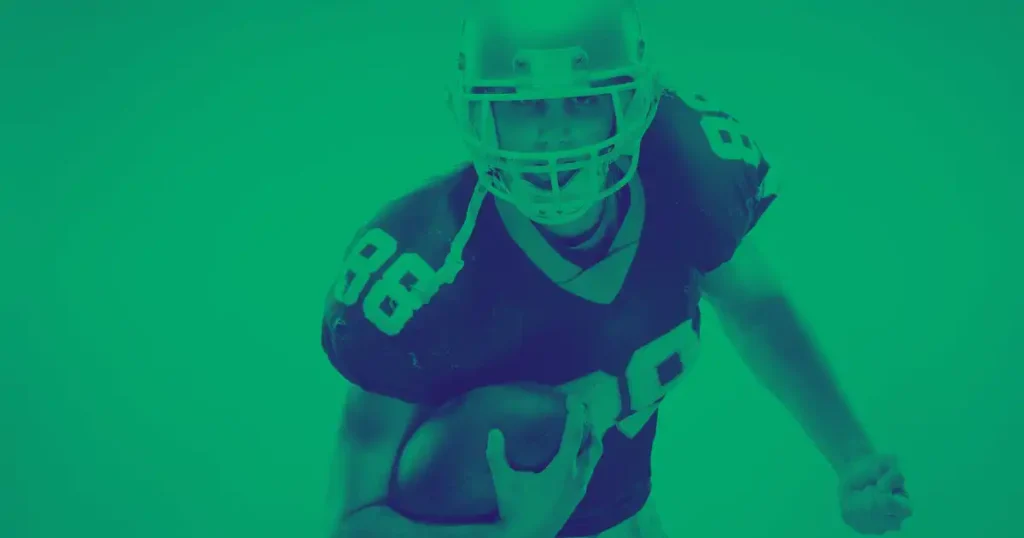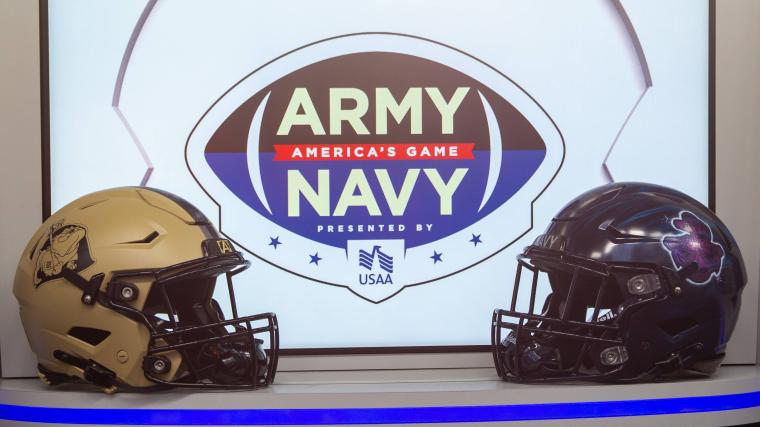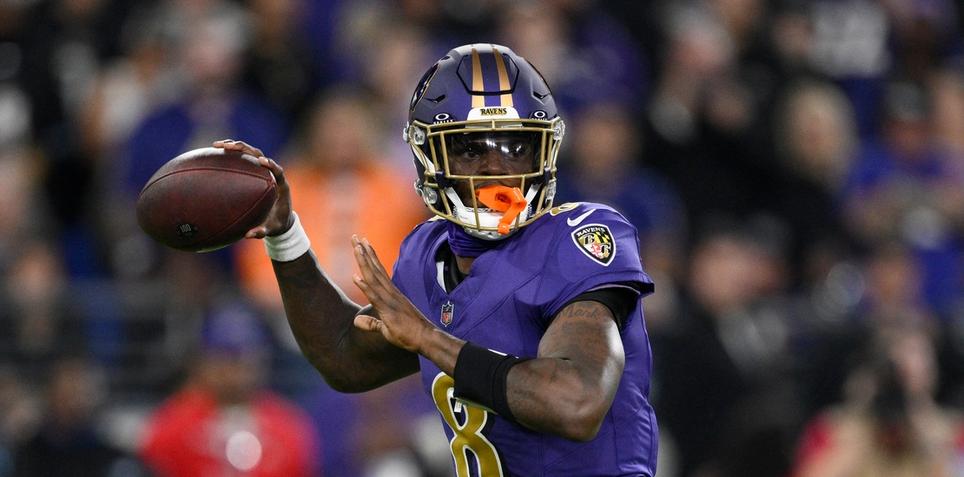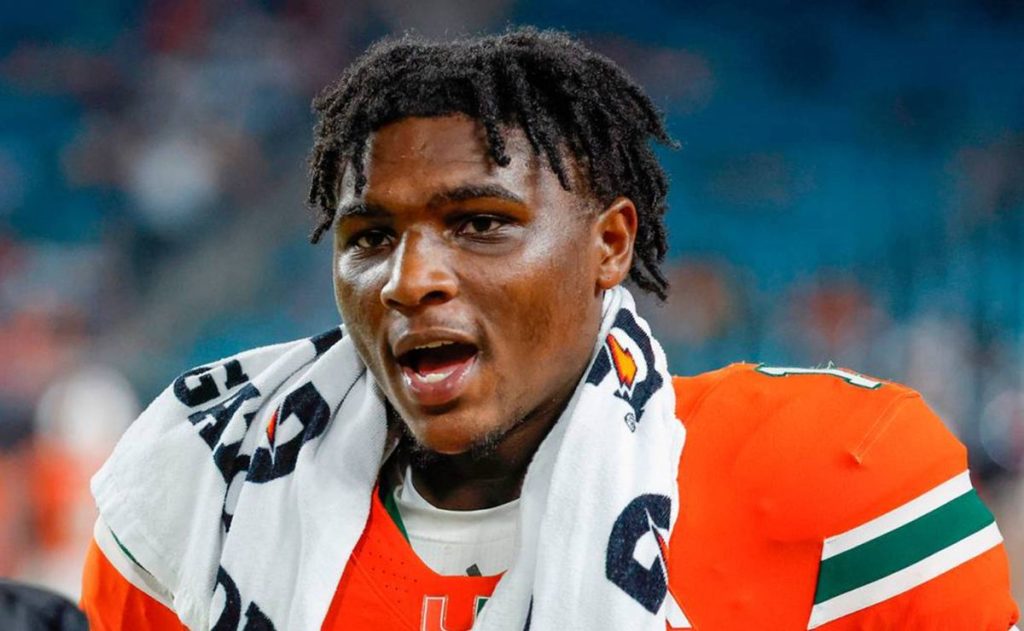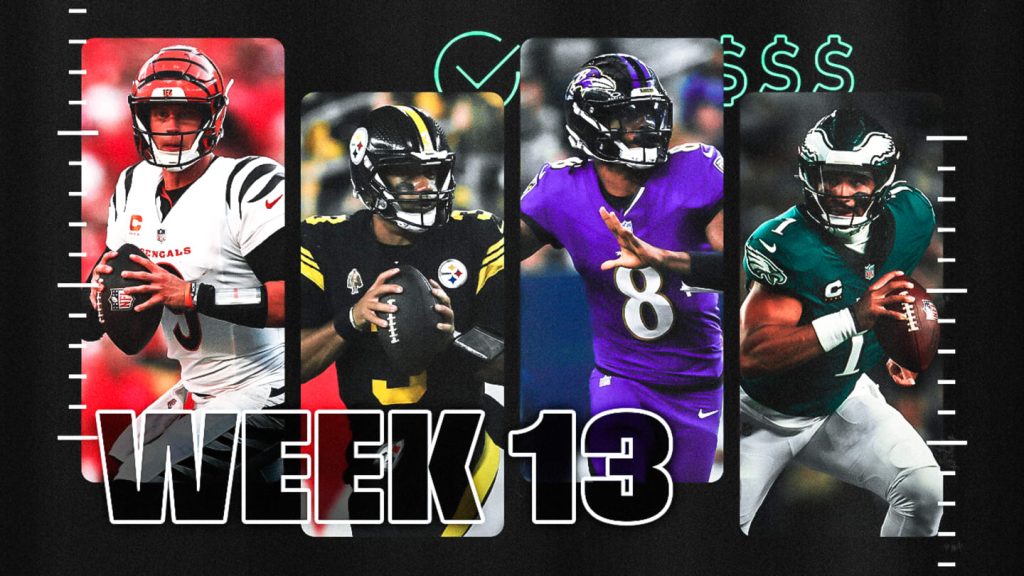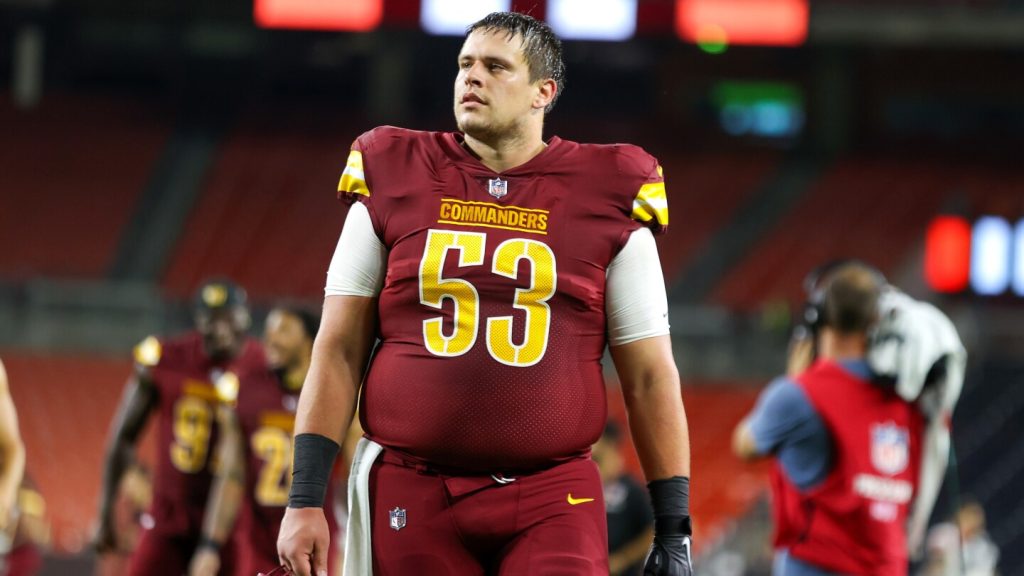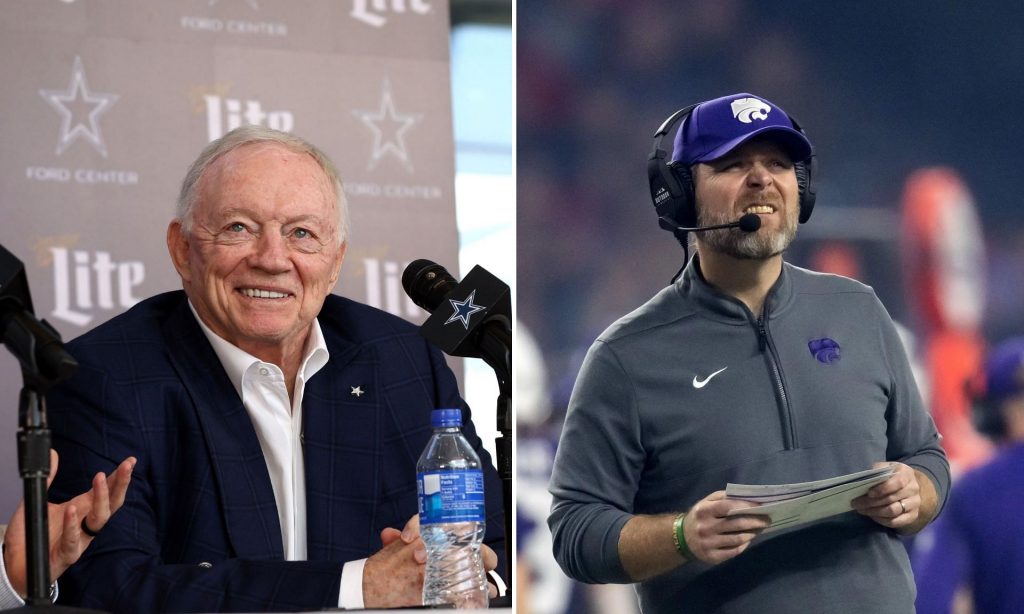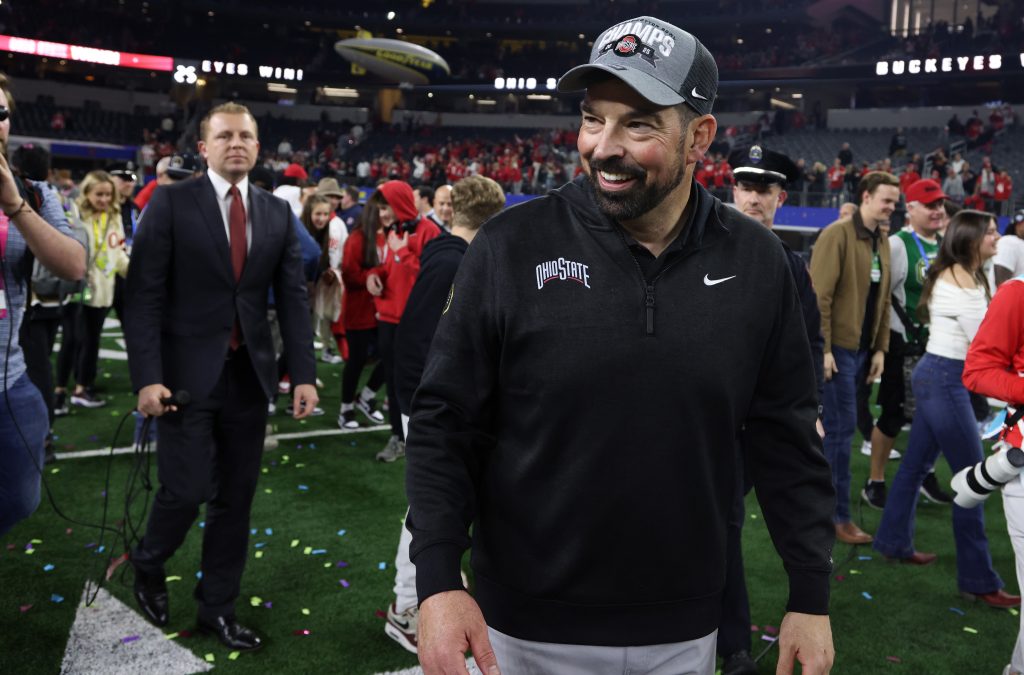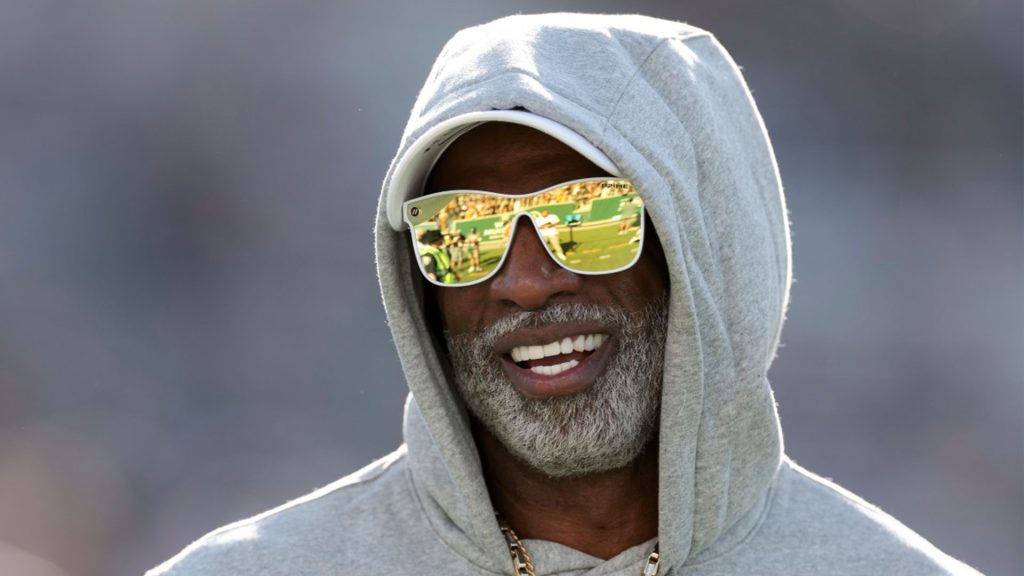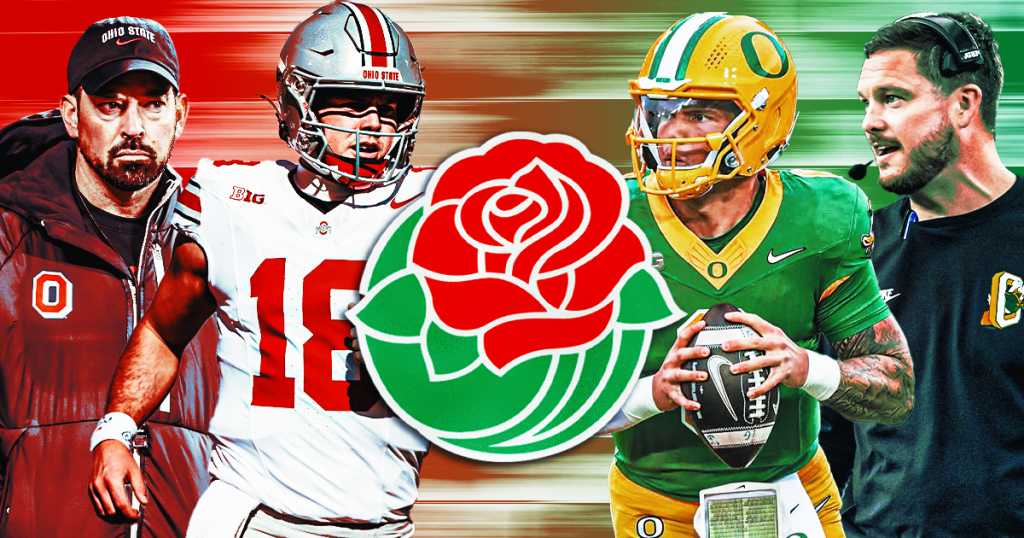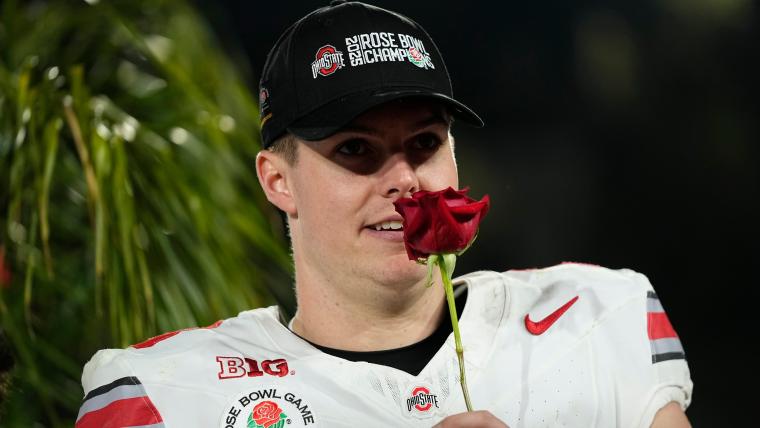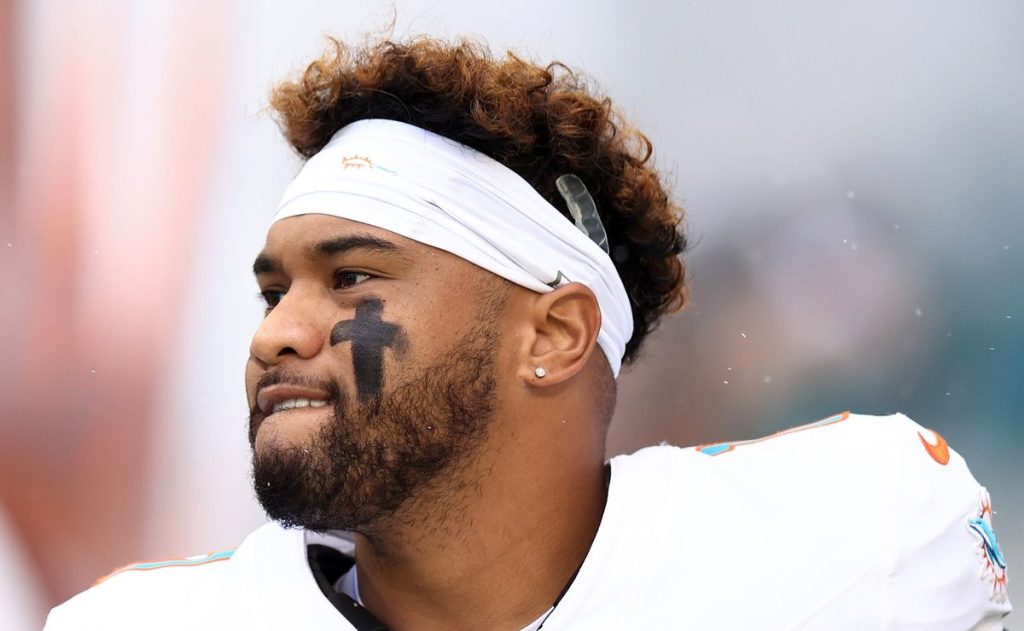If you’re new to American football, you might find some of the terminology confusing. One of the most fundamental concepts to grasp is the first down. Understanding what a first down means in American football is crucial to comprehending the flow and strategy of the game.
In this guide, we’ll break down the basics of a first down, its significance, and how it affects the game.
What Is a First Down?
Definition of a First Down
A first down in American football is achieved when the offensive team advances the ball at least ten yards from the spot where the last play began. Each time the team gains ten or more yards, they earn a new set of downs, giving them four more plays to continue advancing the ball.
How It Works
The offensive team has four attempts, known as downs, to move the ball forward ten yards. If they succeed, they are awarded a first down and receive another set of four downs to attempt to move the ball another ten yards. This process continues until they either score, turn over the ball, or fail to gain the necessary yardage within four downs.
Importance of First Downs
Maintaining Possession
Gaining a first down is crucial for maintaining possession of the ball. The more first downs an offense can achieve, the longer they can keep control of the ball and drive towards the end zone.
Field Position
Advancing the ball and gaining first downs also helps in flipping the field position. This can be strategically important in pinning the opposing team deep in their own territory if the offense eventually has to punt.
Scoring Opportunities
The more first downs an offense can accumulate, the more opportunities they have to score. Sustaining long drives increases the chances of reaching the opponent’s end zone and putting points on the board.
How Teams Achieve First Downs
Running the Ball
One common way to gain a first down is by running the ball. The offensive line creates openings for the running back to advance the ball down the field. Effective running plays can steadily gain the required yardage for a first down.
Passing the Ball
Passing is another method to achieve a first down. The quarterback throws the ball to a receiver, who attempts to catch it and advance beyond the first down marker. Successful passing plays can quickly cover a lot of ground.
Combining Plays
Most teams use a combination of running and passing plays to achieve first downs. This keeps the defense guessing and makes it harder for them to anticipate the offense’s next move.
Measuring First Downs
The Chains
The measurement for a first down is typically determined by a set of chains on the sidelines. These chains are exactly ten yards long and are used to mark the distance the offense needs to cover to achieve a new set of downs.
Officials’ Role
Game officials play a crucial role in determining first downs. They spot the ball where the player was downed and use the chains to measure if the team has gained the necessary yardage. In close situations, they may bring the chains onto the field to measure precisely.
Common First Down Strategies
Short Yardage Situations
In situations where the offense needs only a short distance to achieve a first down, they might use powerful running plays or quick, short passes. These are designed to reliably gain the few yards needed.
Long Yardage Situations
When facing long yardage situations, offenses often rely on passing plays that target receivers downfield. These plays aim to cover more ground and are typically used on third or fourth down when the team needs a significant gain.
Fourth Down Decisions
Deciding what to do on fourth down is a critical part of football strategy. Teams may choose to punt the ball, attempt a field goal, or go for it to try and achieve a first down, depending on their field position and the game situation.
FAQs
What happens if a team fails to get a first down?
If a team fails to get a first down within four attempts, they turn the ball over to the opposing team at the spot where the last play ended.
Can a team gain more than ten yards for a first down?
Yes, a team can gain more than ten yards on a single play, achieving a first down and sometimes significantly advancing their field position in one go.
How does a penalty affect a first down?
Penalties can impact first downs in various ways. Offensive penalties may push the team back, making it harder to achieve a first down, while defensive penalties can sometimes result in an automatic first down for the offense.
What is a first and ten?
“First and ten” refers to the situation where the offensive team is on their first down with ten yards to go to achieve another first down.
What is a third and long?
“Third and long” describes a situation where the offensive team is on their third down and has a significant distance (usually more than seven yards) to go to achieve a first down.
What does it mean when a team is in the red zone?
The “red zone” refers to the area between the opponent’s 20-yard line and the goal line. When a team is in the red zone, they are within striking distance of scoring a touchdown.
Understanding what a first down means in American football is fundamental to following the game. It’s a key part of the strategy that dictates how teams advance the ball and maintain possession.
By grasping the concept of first downs, you can better appreciate the intricacies of the game and enjoy watching or betting on football with a deeper knowledge of how the sport operates.

